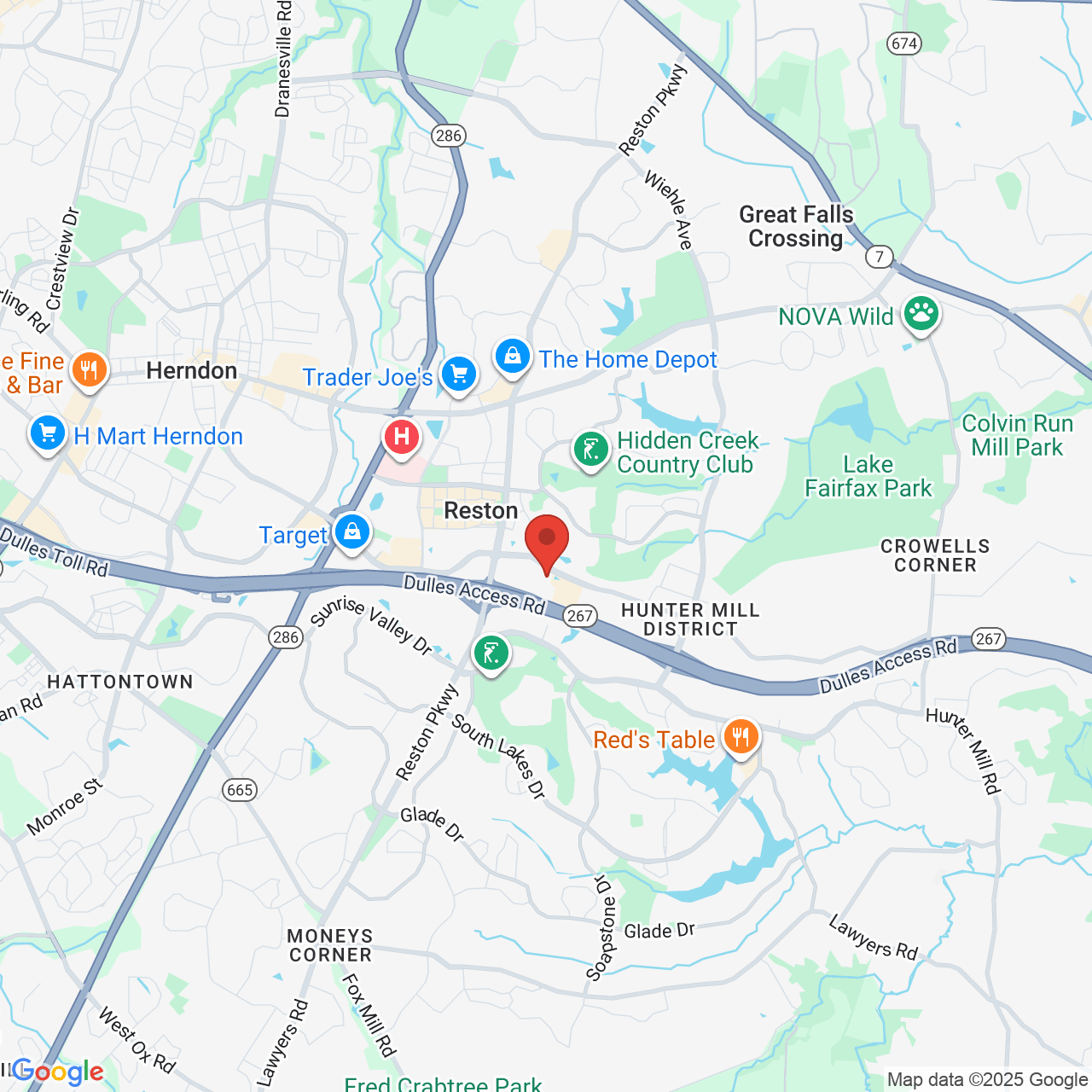Signs and Treatment of Gum Recession
 If there is one dental health issue that is commonly misunderstood, it is gum recession. Not only are its causes misunderstood, but the treatment options for gum disease are similarly misunderstood. This is why it's important to us that we provide patients with accurate information about gum recession and what it entails.
If there is one dental health issue that is commonly misunderstood, it is gum recession. Not only are its causes misunderstood, but the treatment options for gum disease are similarly misunderstood. This is why it's important to us that we provide patients with accurate information about gum recession and what it entails.
Right now, we'd like to go over some of the basics with regard to gum recession. When you meet with a skilled cosmetic dentist for a consultation, you'll be able to learn more about gum recession in greater detail. The following should give you a basic idea about this dental health concern and why it needs to be taken seriously.
About Gum Recession
Gum recession refers to the gradual loss of gum tissue along the lower portion of the teeth. When this occurs, more of the root structure around a tooth is exposed, which can lead to tooth sensitivity, tooth decay below the gumline, and other serious dental health problems.
Common Cause of Gum Recession
The most common causes of gum recession are:
- Gum disease
- Aggressive brushing of the teeth
- The natural aging process
Signs and Symptoms of Gum Recession
The most common signs and symptoms of gum recession include:
- Exposure of the tooth root along the gumline
- Tooth sensitivity
- Gum sensitivity
- Bleeding gums
- Sore gums
Patients who experience serious gum disease may also notice issues with loose teeth, gum discoloration, gum pain, and swelling of the gums.
Treating Gum Disease
If gum recession occurs as the result of gum disease, an important first step of restorative dentistry care is treating the infection of the gum tissue. This will usually involve the use of antiseptic rinses as well as antibiotics. The severity of your gum disease will determine the best treatment option to address the infected tissue.
Rebuilding the Gumline
In order to rebuild the gumline, dentists and periodontists usually rely on gum grafting/soft tissue augmentation. This involves the use of donor soft tissue from the mouth of a patient (usually along the palate) or an artificial gum tissue graft. The soft tissue is carefully sutured into place along the gumline so that it helps build up gum tissue.
After having a gum graft placed, it's important that patients follow instructions for post-operative care to the letter. This will often include changes in diet, avoiding the use of straws, and chewing on the side of the mouth opposite the gum graft.
Preventing Gum Recession
The best option for lasting dental wellness is always prevention. The best ways to prevent gum recession are as follows:
- Use a toothbrush with soft bristles
- Brush your teeth at least twice a day
- Floss at least every night to remove food particles between teeth
- Visit your dentist twice a year for regular checkups
Learn More About Cosmetic and Restorative Dentistry
If you would like to learn more about gum recession and your many options available for advanced dental care treatment, be sure to contact our Reston, VA dental care center today. The entire team here looks forward to meeting you in person and helping you achieve the best possible dental health and the most beautiful smile possible.


